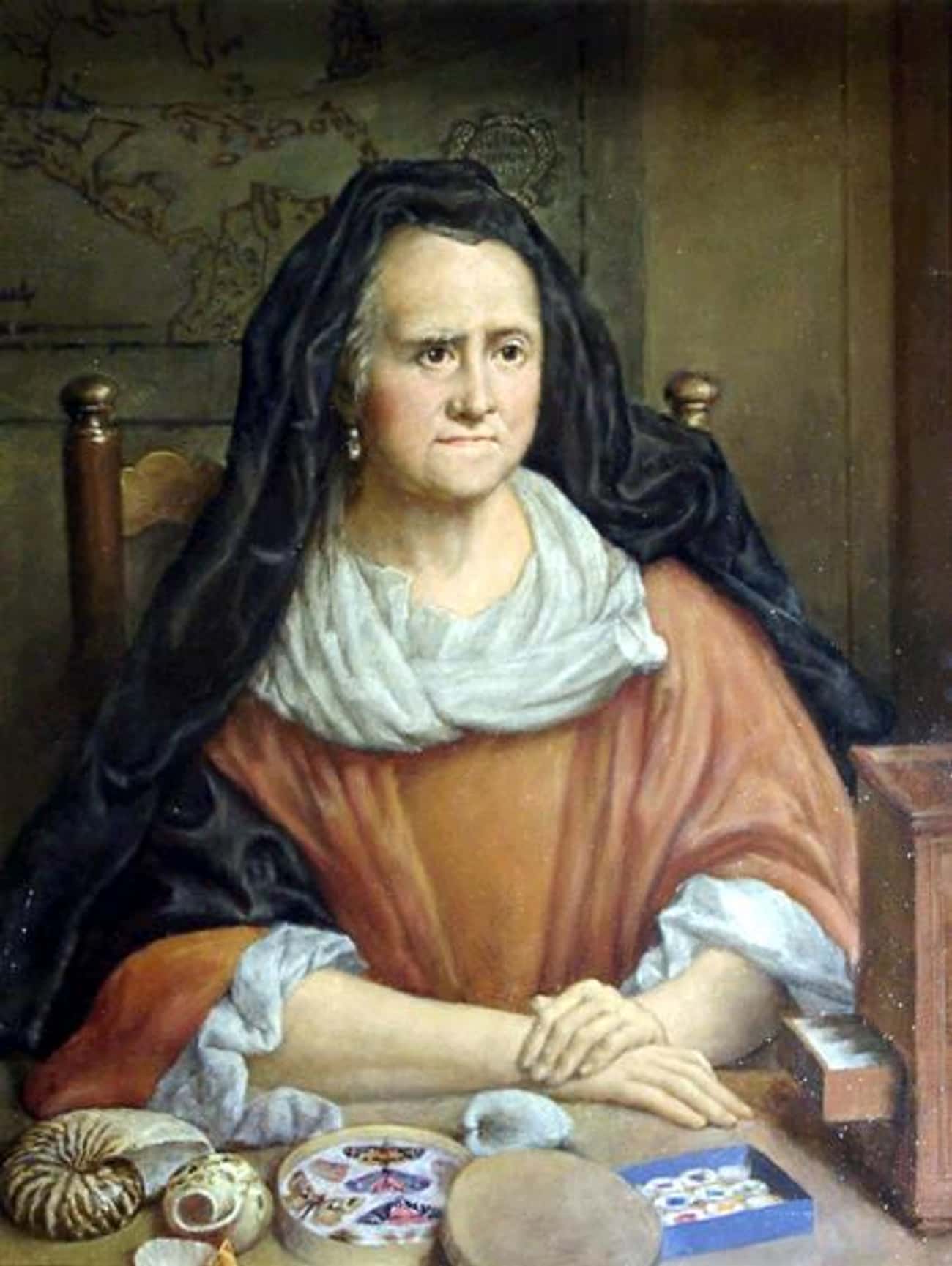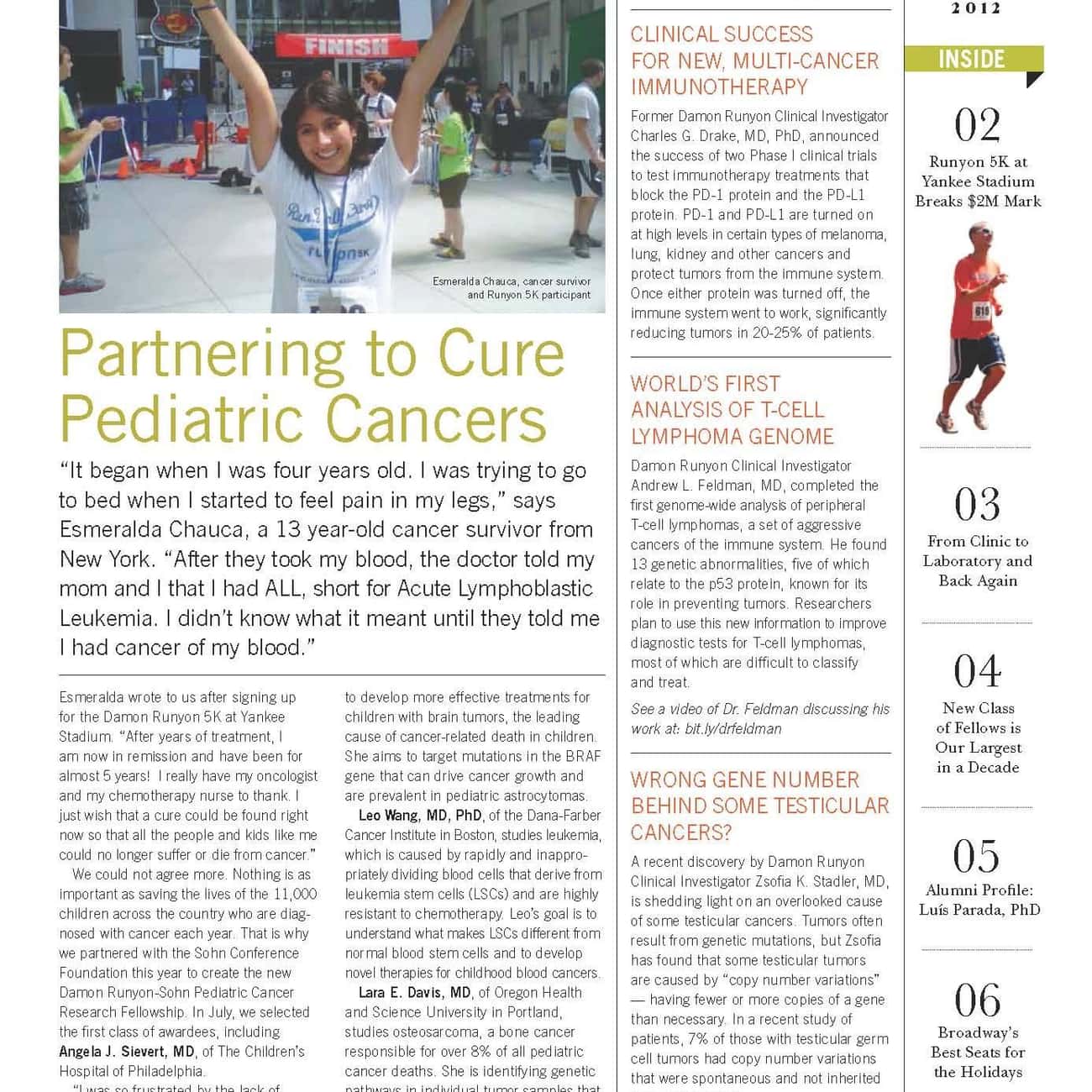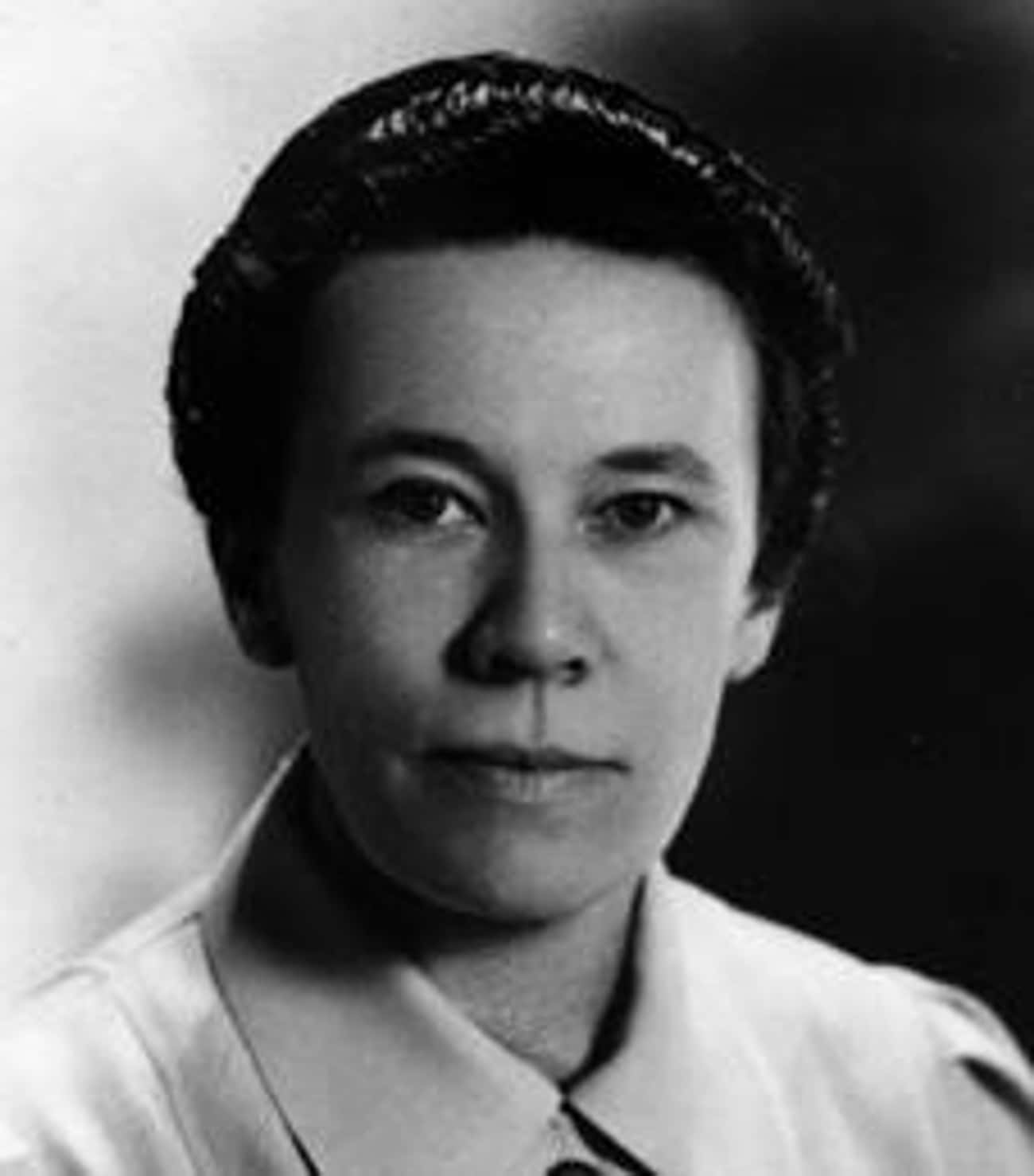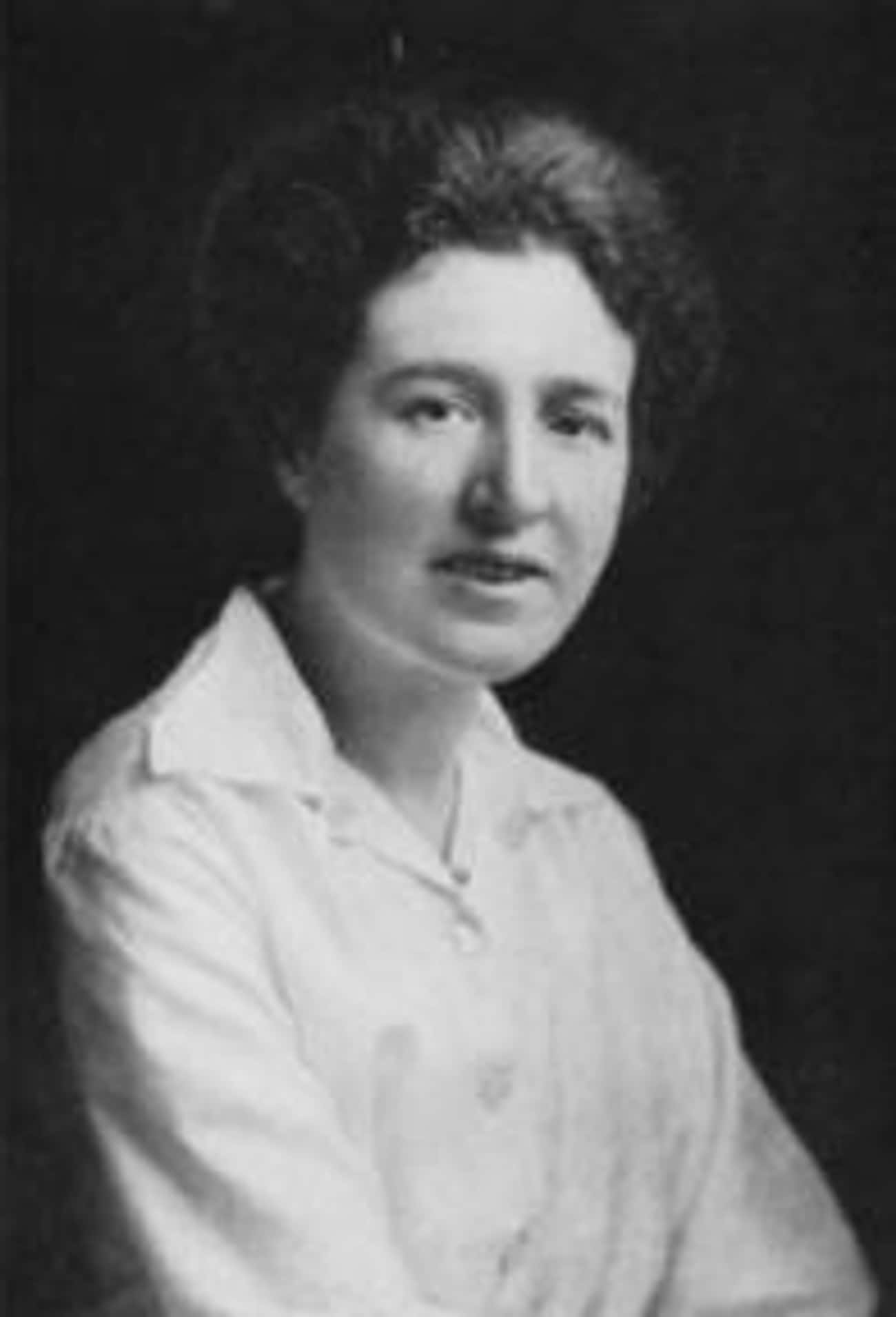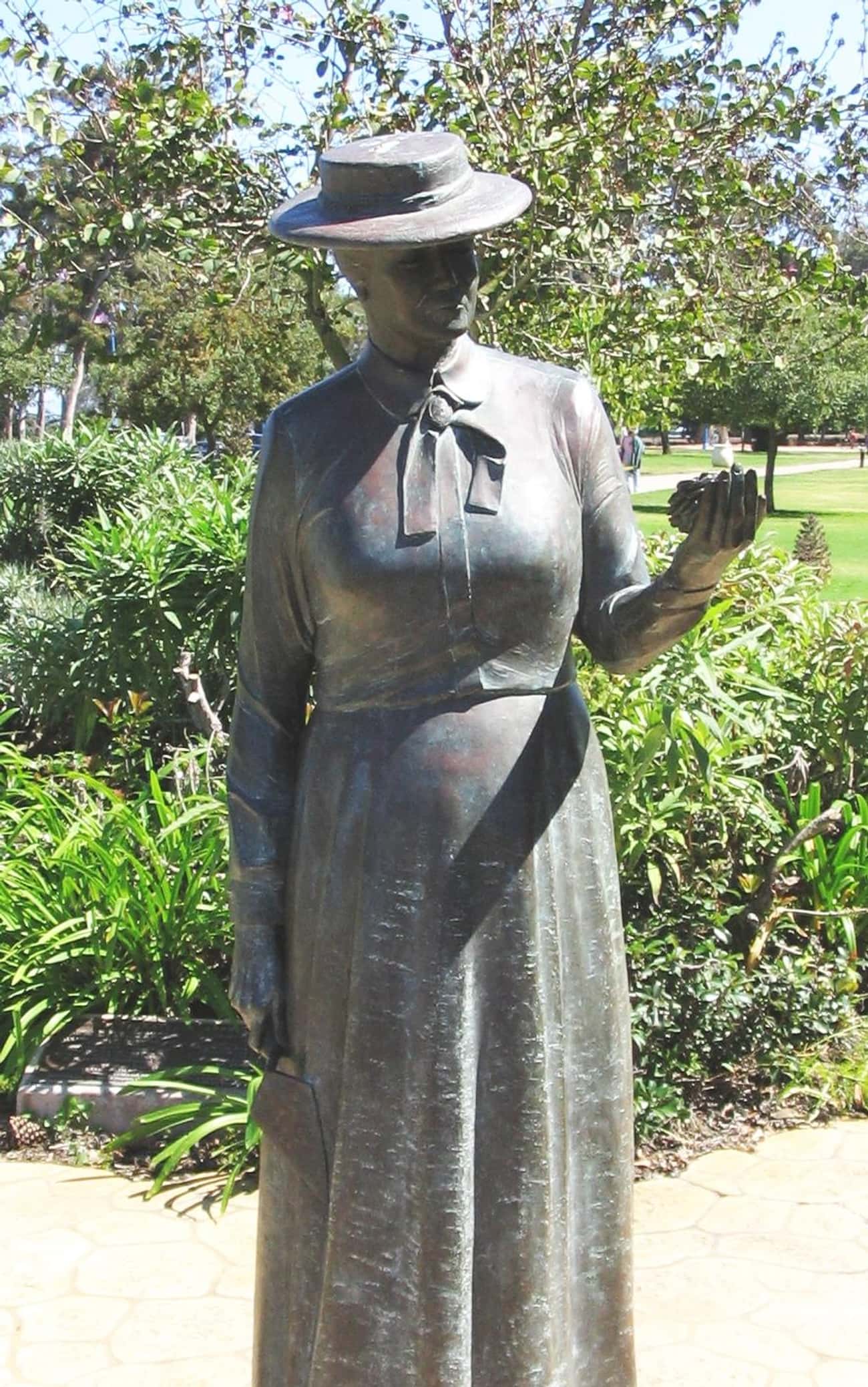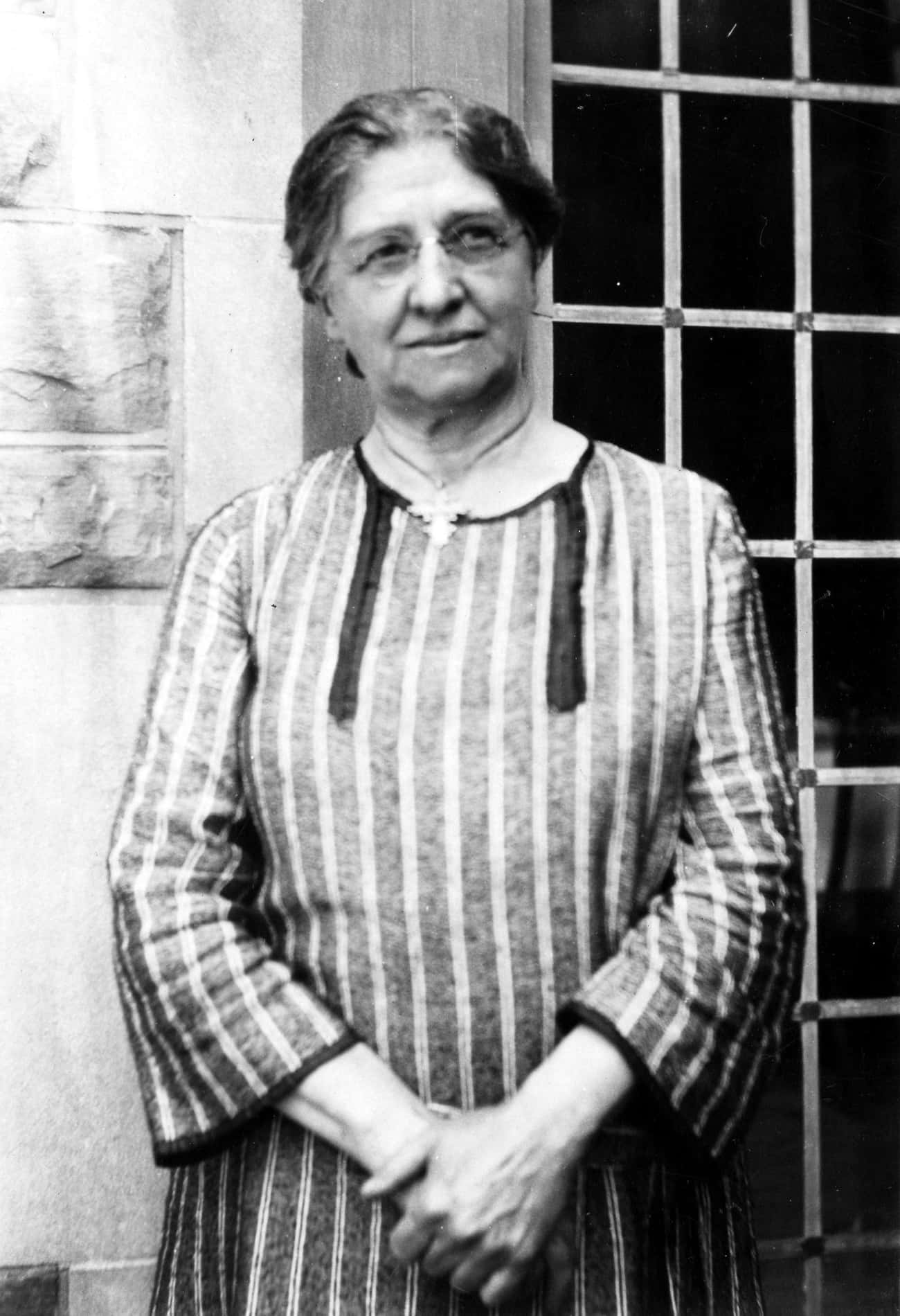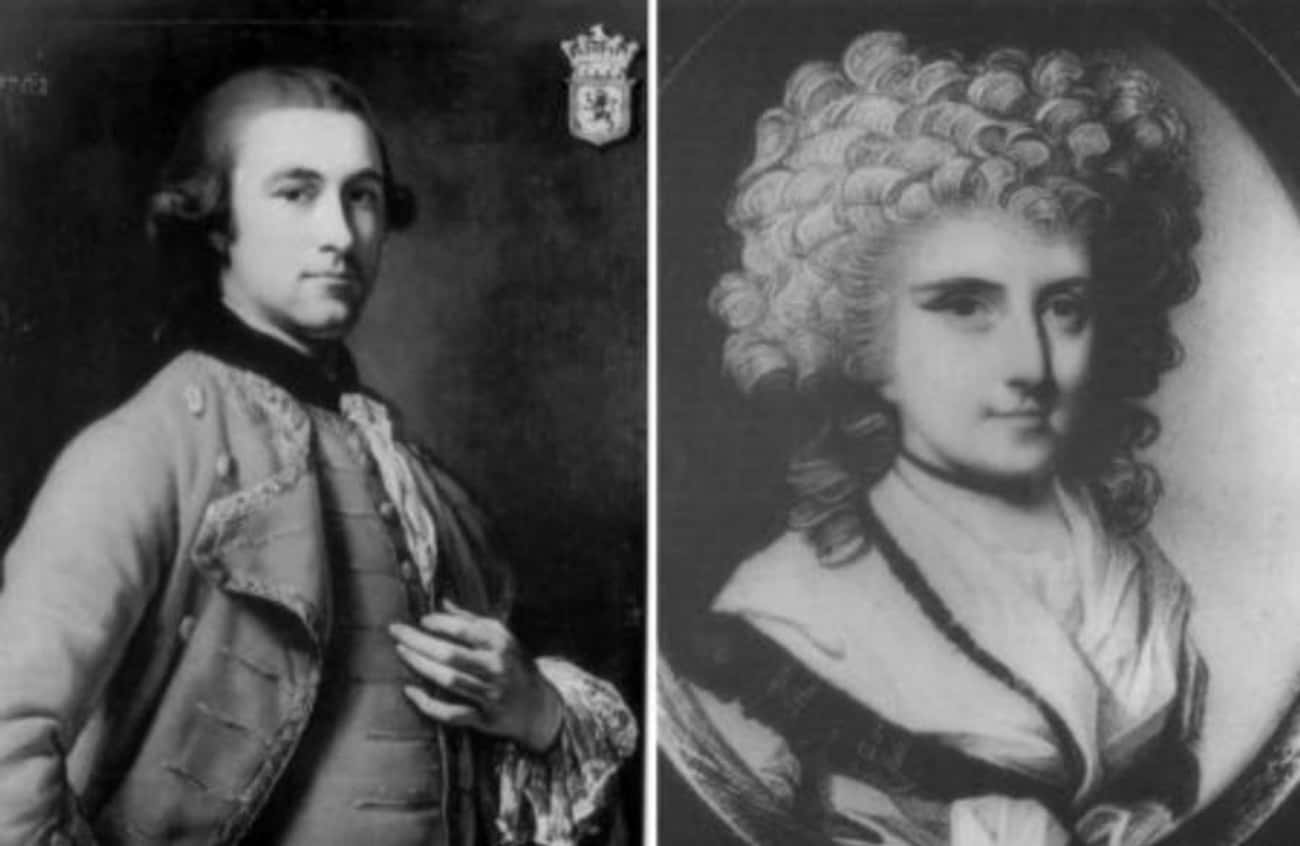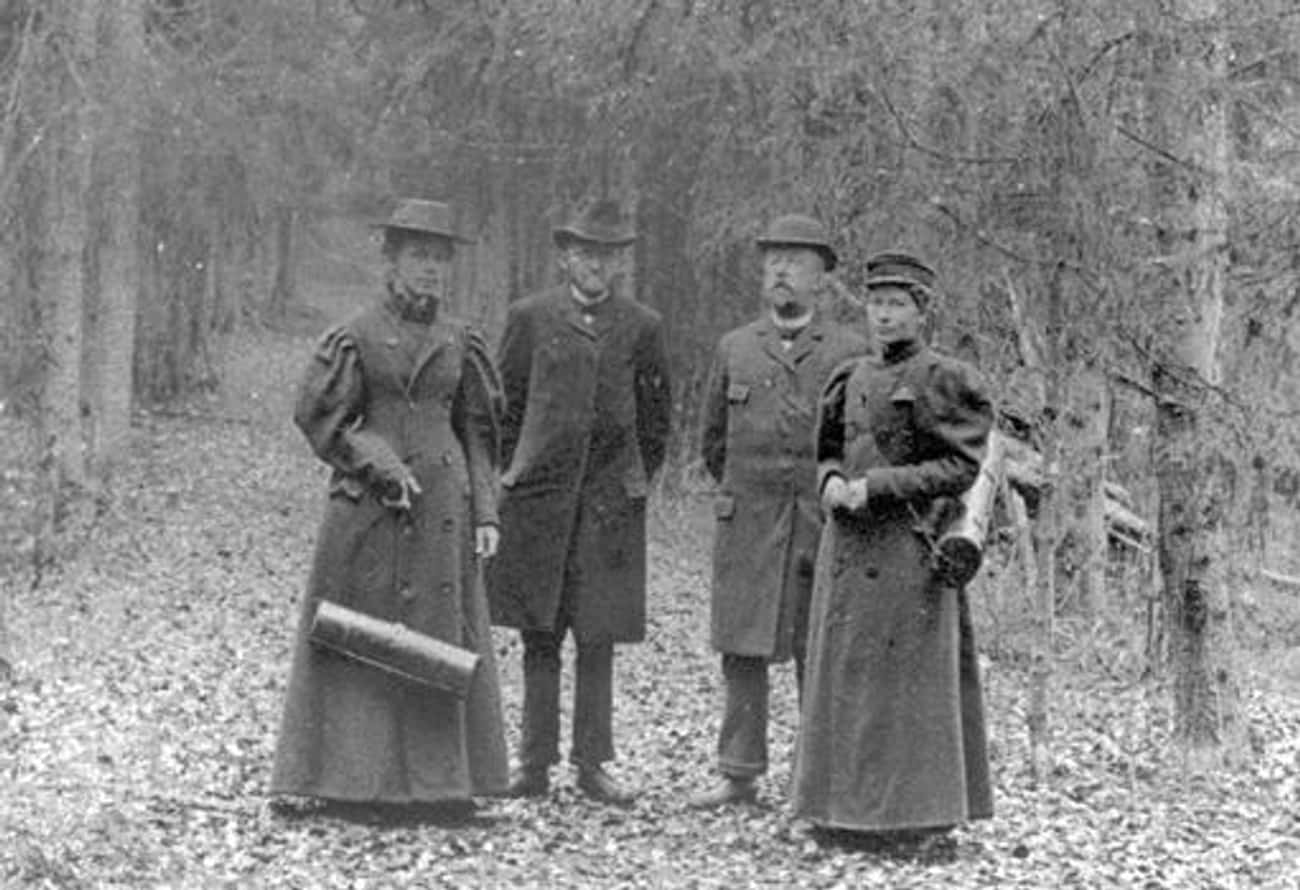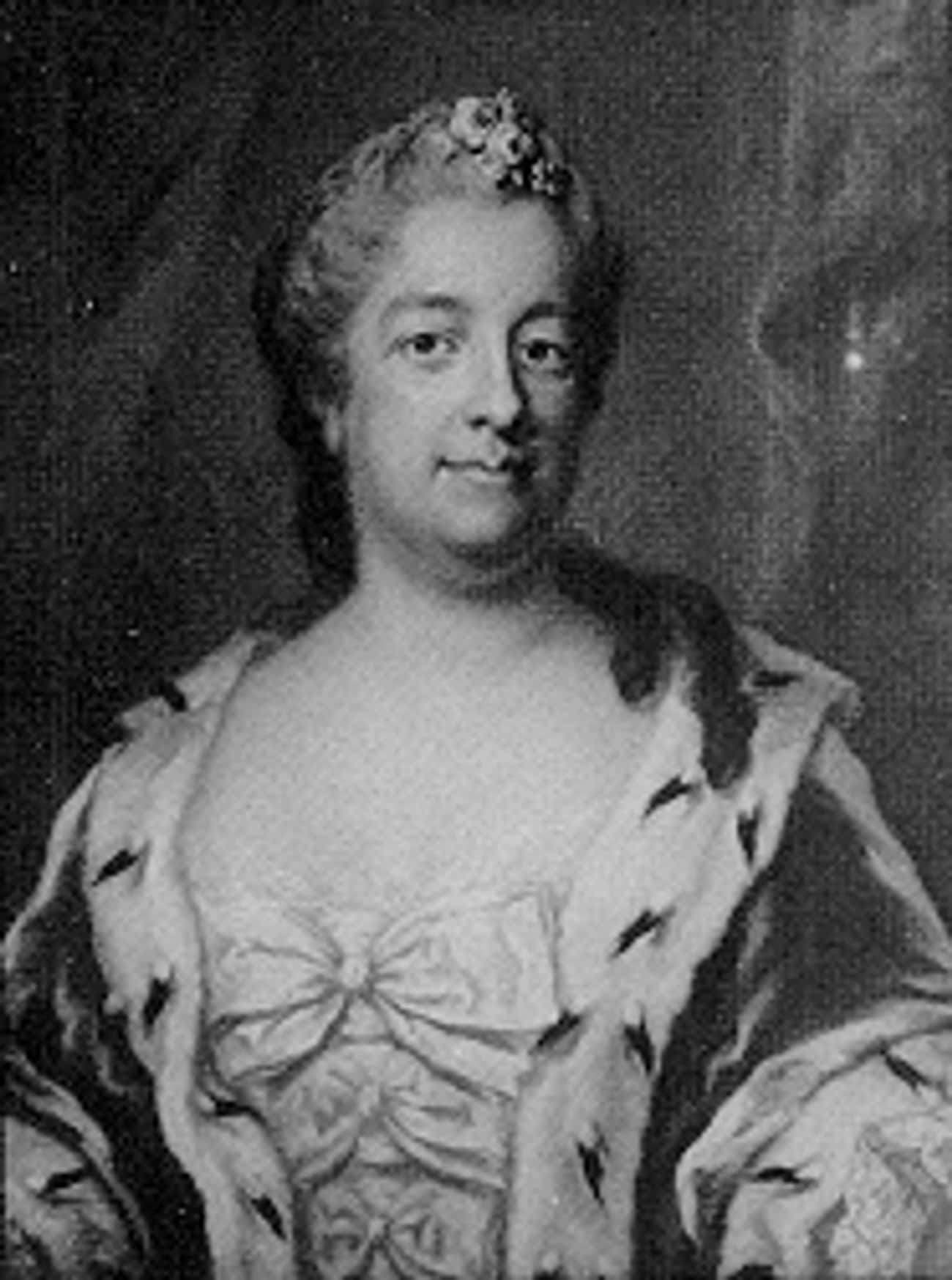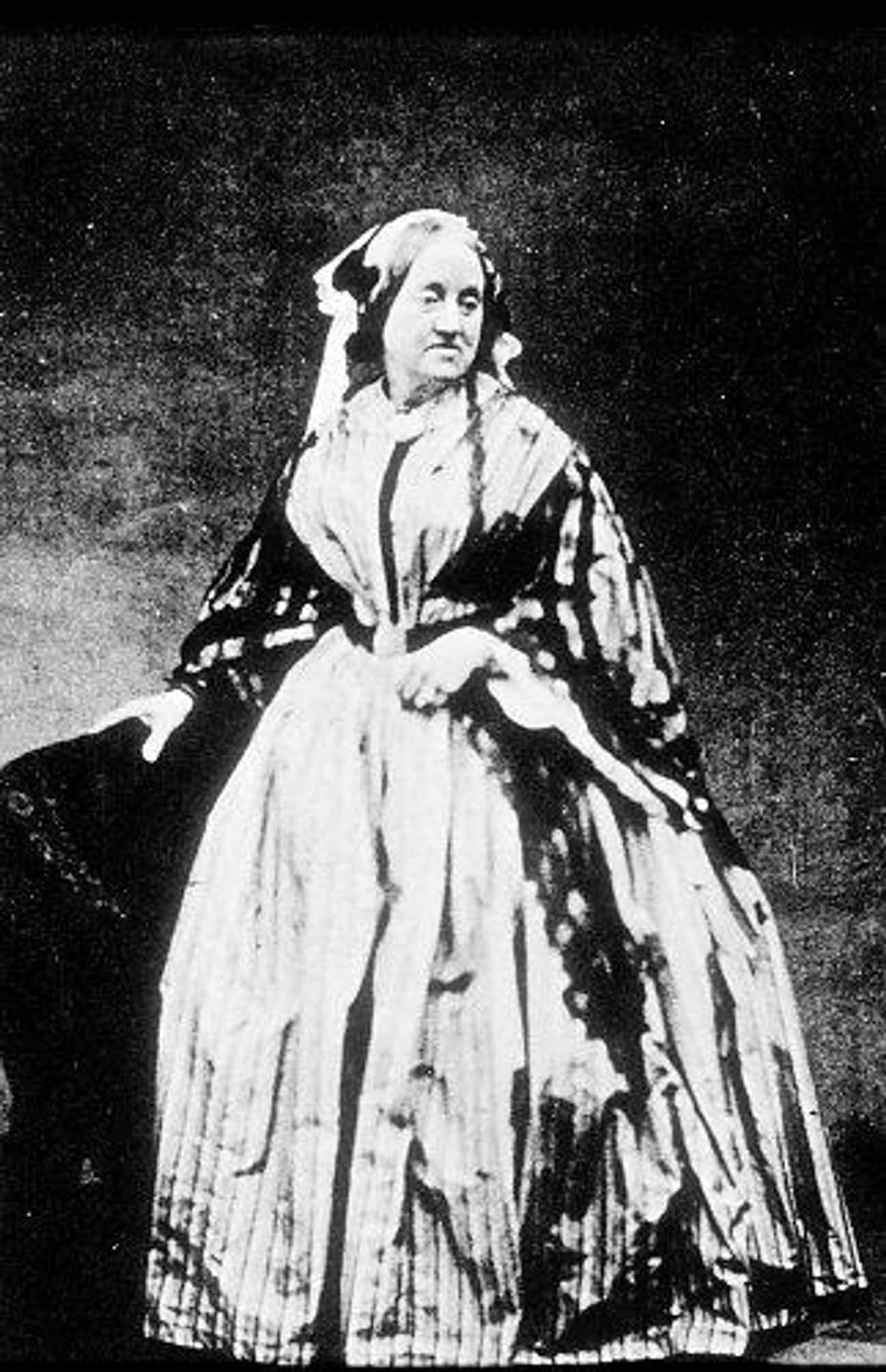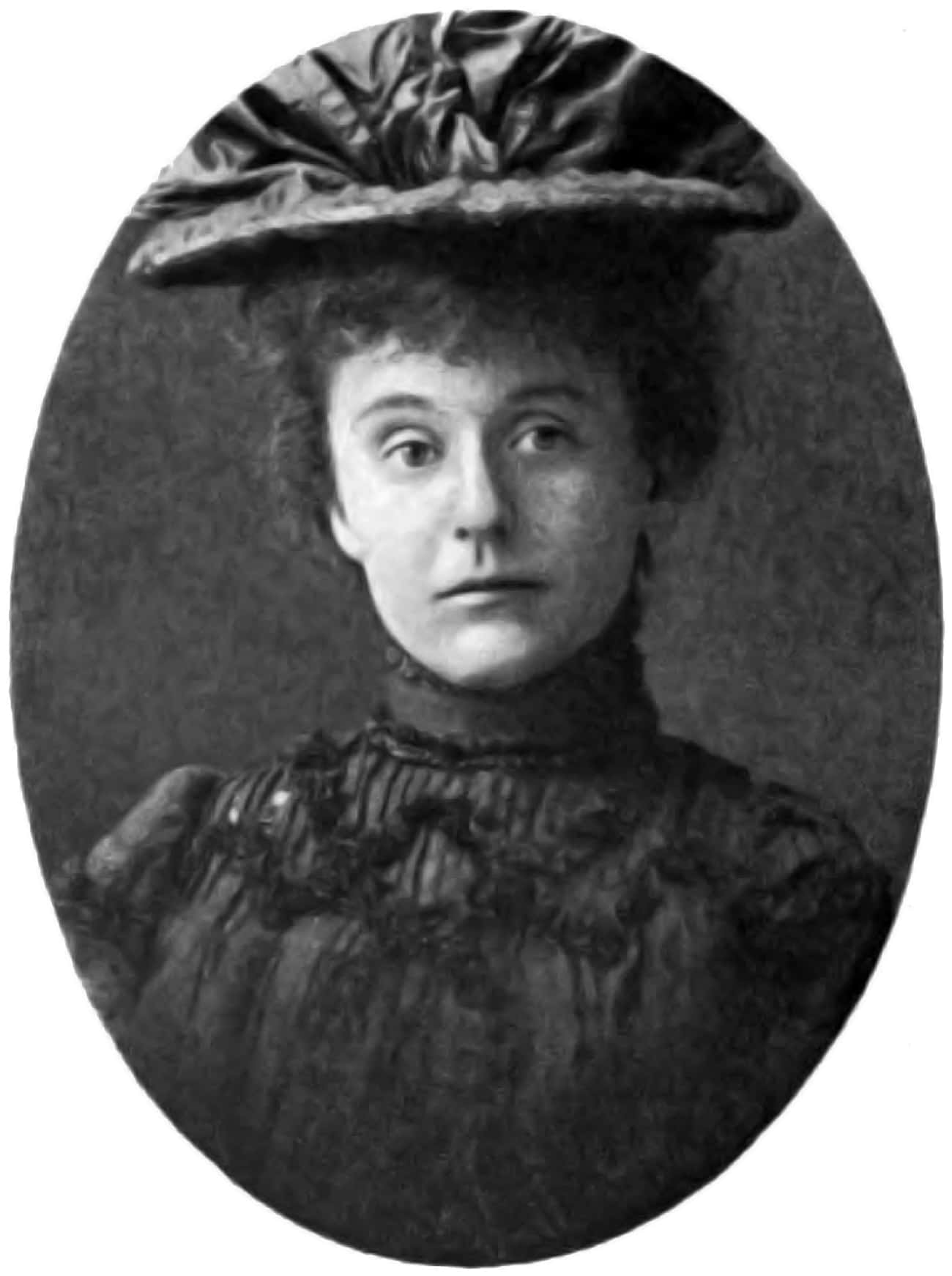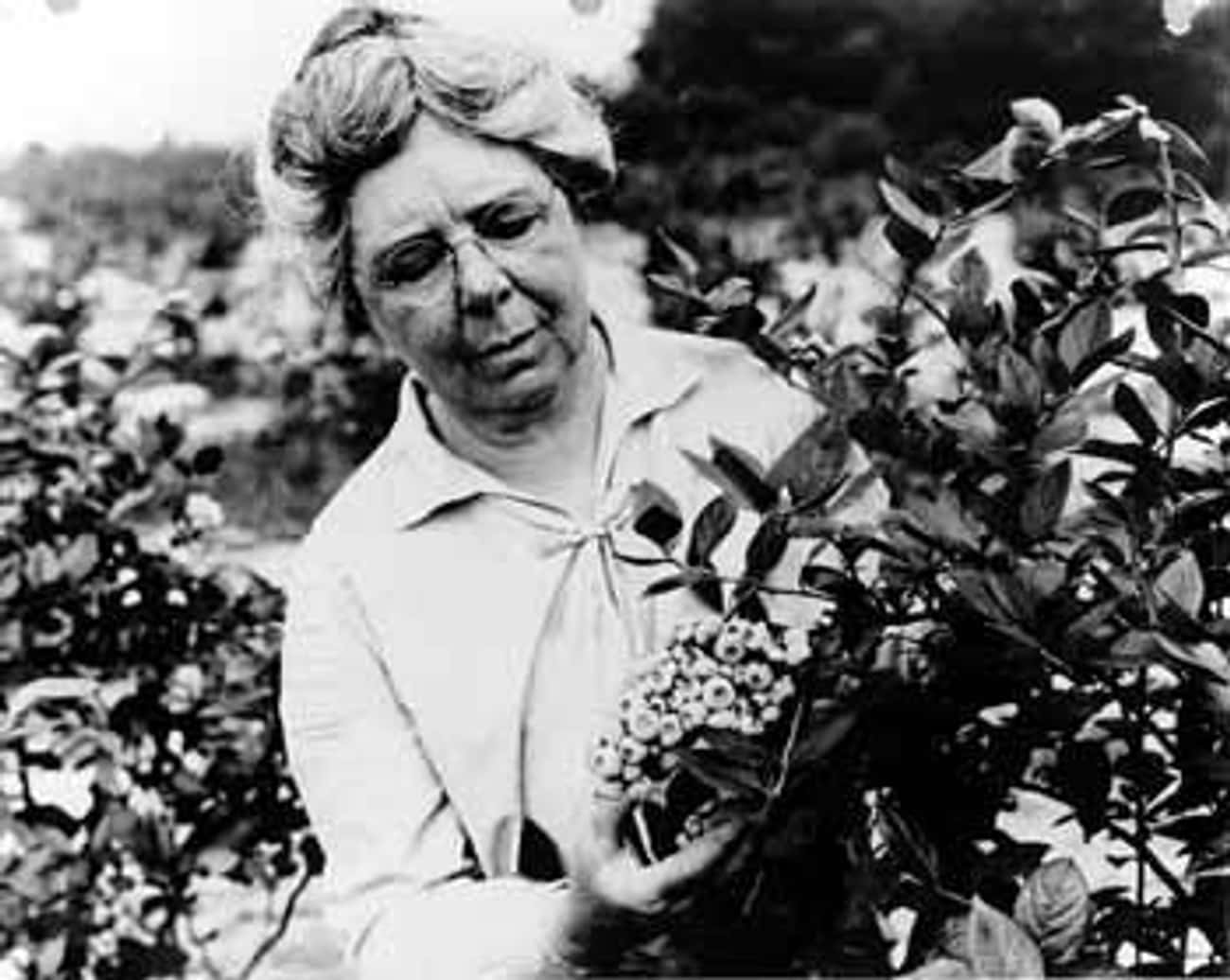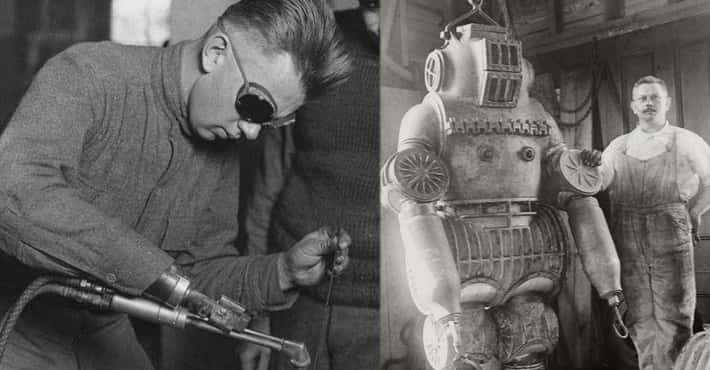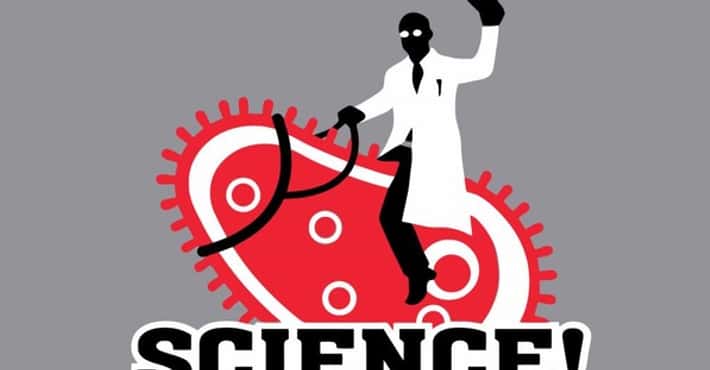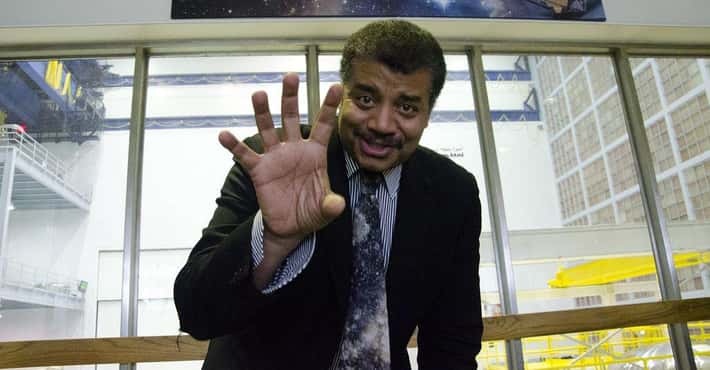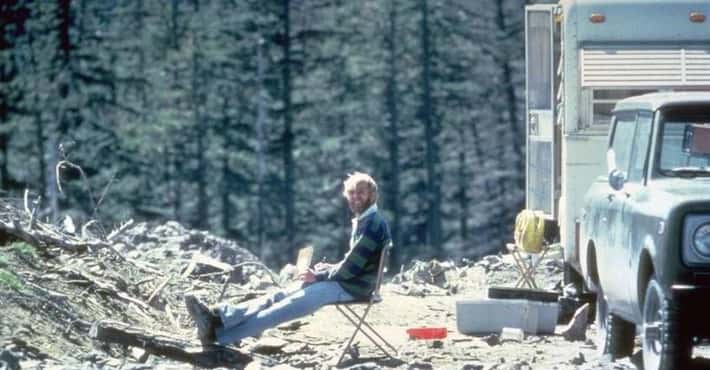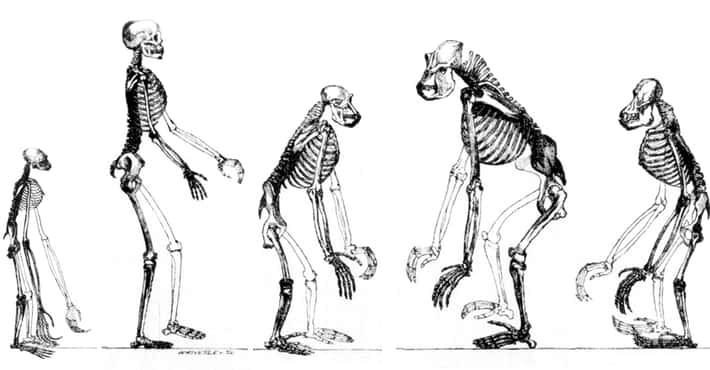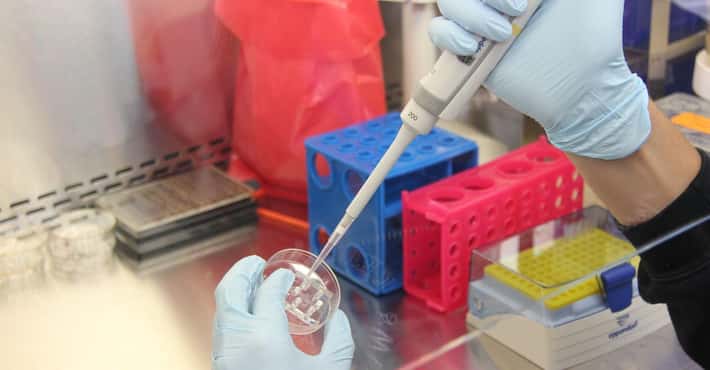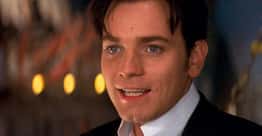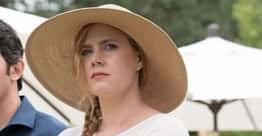Famous Female Botanists
List of famous female botanists, listed by their level of prominence with photos when available. This greatest female botanists list contains the most prominent and top females known for being botanists. There are thousand of females working as botanists in the world, but this list highlights only the most notable ones. Historic botanists have worked hard to become the best that they can be, so if you're a female aspiring to be a botanist then the people below should give you inspiration.
List is made up of many different people, including Elizabeth Coleman White and Hanna Resvoll-Holmsen.
While this isn't a list of all female botanists, it does answer the questions "Who are the most famous female botanists?" and "Who are the best female botanists?"- Photo: Metaweb (FB) / Public domainBeatrix Potter (, US , 28 July 1866 – 22 December 1943) was an English writer, illustrator, natural scientist, and conservationist best known for her children's books featuring animals, such as those in The Tale of Peter Rabbit. Born into an upper-middle-class household, Potter was educated by governesses and grew up isolated from other children. She had numerous pets and spent holidays in Scotland and the Lake District, developing a love of landscape, flora, and fauna, all of which she closely observed and painted. Though Potter was typical of women of her generation in having limited opportunities for higher education, her study and watercolours of fungi led to her being widely respected in the field of mycology. In her thirties, Potter self-published the highly successful children's book The Tale of Peter Rabbit. Following this, Potter began writing and illustrating children's books full-time. In all, Potter wrote thirty books; the best known being her twenty-three children's tales. With the proceeds from the books and a legacy from an aunt, in 1905 Potter bought Hill Top Farm in Near Sawrey, a village in the Lake District which at that time was in Lancashire. Over the following decades, she purchased additional farms to preserve the unique hill country landscape. In 1913, at the age of 47, she married William Heelis, a respected local solicitor from Hawkshead. Potter was also a prize-winning breeder of Herdwick sheep and a prosperous farmer keenly interested in land preservation. She continued to write and illustrate, and to design spin-off merchandise based on her children's books for British publisher Warne, until the duties of land management and her diminishing eyesight made it difficult to continue. Potter died of pneumonia and heart disease on 22 December 1943 at her home in Near Sawrey at the age of 77, leaving almost all her property to the National Trust. She is credited with preserving much of the land that now constitutes the Lake District National Park. Potter's books continue to sell throughout the world in many languages with her stories being retold in song, film, ballet, and animation, and her life depicted in a feature film and television film.
- Photo: Metaweb (FB) / Public domainMaria Sibylla Merian (2 April 1647 – 13 January 1717) was a German-born naturalist and scientific illustrator, a descendant of the Frankfurt branch of the Swiss Merian family. Merian was one of the first naturalists to observe insects directly. Merian received her artistic training from her stepfather, Jacob Marrel, a student of the still life painter Georg Flegel. Merian published her first book of natural illustrations in 1675. She had started to collect insects as an adolescent and at age thirteen she raised silk worms. In 1679 Merian published the first volume of a two-volume series on caterpillars, the second volume followed in 1683. Each volume contained 50 plates engraved and etched by Merian. Merian documented evidence on the process of metamorphosis and the plant hosts of 186 European insect species. Along with the illustrations Merian included a descriptions of their life cycles. In 1699 Merian travelled to Dutch Surinam to study and record the tropical insects. In 1705 she published Metamorphosis insectorum Surinamensium. Few colour images of the New World were printed before 1700 and thus Merian's Metamorphosis has been credited with influencing a range of naturalist illustrators. Because of her careful observations and documentation of the metamorphosis of the butterfly, she is considered by David Attenborough to be among the most significant contributors to the field of entomology. She was a leading entomologist of her time and she discovered many new facts about insect life through her studies.
Paula Pryke
Paula Shane Pryke OBE is a British florist and author.- Judith Daria Zuk (September 11, 1951 – September 1, 2007) was an American horticulturist, author and conservationist who served as president of the Brooklyn Botanic Garden from 1990 to 2005.
- Photo: Metaweb (FB) / Public domainPriscilla Susan Bury, born Falkner (12 January 1799 Liverpool – 8 March 1872 Croydon), was an English botanist and illustrator.
- Caroline Coroneos Dormon, also known as Carrie Dormon (July 19, 1888 – November 21, 1971), was an American botanist, horticulturist, ornithologist, historian, archeologist, preservationist, naturalist, conservationist, and author from Louisiana. She was the first female employee of the United States Forestry Service and is considered by some as Louisiana's first conservationist.She was born in modest circumstances at Briarwood, the family home in northern Natchitoches Parish, to James L. Dormon and the former Caroline Trotti. She was reared a Southern Baptist in Arcadia, the parish seat of government of Bienville Parish, in northern Louisiana. She never married.
- Photo: Metaweb (FB)Katherine Esau (3 April 1898 – 4 June 1997) was a German-American botanist who received the National Medal of Science for her work on plant anatomy.
- Photo: Metaweb (FB)Agnes Robertson Arber FRS (23 February 1879 – 22 March 1960) was a British plant morphologist and anatomist, historian of botany and philosopher of biology. She was born in London but lived most of her life in Cambridge, including the last 51 years of her life. She was the first woman botanist to be elected as a Fellow of the Royal Society (21 March 1946, at the age of 67) and the third woman overall. She was the first woman to receive the Gold Medal of the Linnean Society of London (24 May 1948, at the age of 69) for her contributions to botanical science. Her scientific research focused on the monocotyledon group of flowering plants. She also contributed to development of morphological studies in botany during the early part of the 20th century. Her later work concentrated on the topic of philosophy in botany, particularly on the nature of biological research.
- Photo: Metaweb (FB) / Public domainKatherine Olivia "Kate" Sessions (November 8, 1857 – March 24, 1940) was an American botanist, horticulturalist, and landscape architect closely associated with San Diego, California, and known as the "Mother of Balboa Park."
- Photo: Metaweb (FB) / Public domainCarrie Matilda Derick (January 14, 1862 – November 10, 1941) was a Canadian botanist and geneticist, the first female professor in a Canadian university, and the founder of McGill University's Genetics Department.
- Photo: Metaweb (FB) / Public domainMary Eleanor Bowes, Countess of Strathmore and Kinghorne (24 February 1749 – 28 April 1800), known as "The Unhappy Countess", was an 18th-century British heiress, notorious for her licentious lifestyle, who was married at one time to the 9th Earl of Strathmore and Kinghorne. She and the Earl are ancestors of Queen Elizabeth II.
- Ruth Myrtle Patrick (November 26, 1907 – September 23, 2013) was an American botanist and limnologist specializing in diatoms and freshwater ecology. She authored more than 200 scientific papers, developed ways to measure the health of freshwater ecosystems and established numerous research facilities.
- Dame Helen Charlotte Isabella Gwynne-Vaughan, (née Fraser; 21 January 1879 – 26 August 1967) was a prominent English botanist and mycologist. During the First World War, she served in the Women's Army Auxiliary Corps and then as Commandant of the Women's Royal Air Force (WRAF) from 1918 to 1919. During the Second World War, from 1939 to 1941, she served as Chief Controller of the Auxiliary Territorial Service (ATS).
- E. Lucy Braun (April 19, 1889 – March 5, 1971) was a prominent botanist, ecologist, and expert on the forests of the eastern United States who was a professor of the University of Cincinnati. She was an environmentalist before the term was popularized, and a pioneering woman in her field, winning many awards for her work.
- Photo: Metaweb (FB) / Public domainThekla Susanne Ragnhild Resvoll (22 May 1871 – 14 June 1948) was a Norwegian botanist and educator. She was a pioneer in Norwegian natural history education and nature conservation together with her sister, Hanna Resvoll-Holmsen.
- Rebecca J. Nelson, (born 1961) is an American biologist and a professor at Cornell University and a MacArthur Foundation Fellow. Her work focuses on natural genetic diversity for disease resistance in maize.
- Susan Randi Wessler (born 1953, New York City), ForMemRS, is an American plant molecular biologist and geneticist. She is Distinguished Professor of Genetics at the University of California, Riverside (UCR).
- Maria Grace Fadiman (born July 4, 1969) is an American ethnobotanist and Associate Professor of Geosciences at Florida Atlantic University.
- Hanna Maria Resvoll-Holmsen (née Resvoll) (11 September 1873 in Vågå, Oppland – 13 March 1943 in Oslo) was a Norwegian botanist – a female pioneer in Norwegian natural history education and nature conservation together with her sister, Thekla Resvoll.
- Marion E. Moodie (1867–1958) was a Canadian nurse and botanist who was the first nurse to graduate in Alberta.
Elizabeth Gertrude Britton
Elizabeth Gertrude Britton (née Knight) (January 9, 1858 – February 25, 1934) was an American botanist, bryologist, and educator. She and her husband, Nathaniel Lord Britton played a significant role in the fundraising and creation of the New York Botanical Garden. She was a co-founder of the predecessor to the American Bryological and Lichenological Society. She was an activist for protection of wildflowers, inspiring local chapter activities and the passage of legislation. Elizabeth Britton made major contributions to the literature of mosses, publishing 170 papers in that field.- Elizabeth May McClintock (7 July 1912 – 19 October 2004) was a botanist who was born in Los Angeles, California, United States, and grew up near the San Jacinto Mountains. She earned a Bachelor's degree in 1937 and a Master's degree in 1939 from the University of California, Los Angeles and a Ph.D. in botany in 1956 from the University of Michigan. She specialized in taxonomy and distribution of flowering plants, and focused on California natives. She documented invasive plants in California, and compiled information on toxicity of poisonous plants cultivated in the state.
- Photo: Metaweb (FB) / Public domainEva Ekeblad (née De la Gardie; 10 July 1724 – 15 May 1786) was a Swedish countess, salon hostess, agronomist, and scientist. She was widely known for discovering a method in 1746 to make alcohol and flour from potatoes, allowing greater use of scarce grains for food production, significantly reducing Sweden's incidence of famine. Ekeblad was the first female member of the Royal Swedish Academy of Sciences (1748).
- Photo: Metaweb (FB) / Public domainAnna Atkins (née Children; 16 March 1799 – 9 June 1871) was an English botanist and photographer. She is often considered the first person to publish a book illustrated with photographic images. Some sources claim that she was the first woman to create a photograph.
- Photo: Metaweb (FB) / Public domain
Frances Theodora Parsons
Frances Parsons redirects here, for those of a similar name, see Francis Parsons (disambiguation) Frances Theodora Parsons (December 5, 1861 – June 10, 1952), who initially published as Mrs. William Starr Dana, was an American naturalist and author active in the United States during the late 19th and early 20th centuries. She wrote a number of books, including a very popular guide to American wildflowers. - Photo: Metaweb (FB)
Elizabeth Coleman White
Elizabeth Coleman White (October 5, 1871 – November 11, 1954) was a New Jersey agricultural specialist who collaborated with Frederick Vernon Coville to develop and commercialize a cultivated blueberry. Lilian Gibbs
Lilian Suzette Gibbs (1870–1925) was a British botanist who worked for the British Museum in London. She was the first woman and the first botanist to ascend Mount Kinabalu in February 1910. Gibbs collected many plants new to science, several of which are named in her honour (e.g. Racemobambos gibbsiae or Miss Gibbs' Bamboo).Ellen Hutchins
Ellen Hutchins (1785–1815) was an early Irish botanist. She specialised in seaweeds, lichens, mosses and liverworts. She is known for finding many plants new to science, identifying hundreds of species, and for her botanical illustrations in contemporary publications. Many plants were named after her by botanists of the day.Ethel Sargant
Ethel Sargant (28 October 1863 – 16 January 1918) was a British botanist who studied both the cytology and morphology of plants. She was one of the first female members of the Linnean Society and the first female in their council, as well as President of the Federation of University Women.- Professor, Dr. Guranda E. Gvaladze (b. on June 23, 1932, in Tbilisi) is a distinguished Georgian botanist, Doctor of Biological Sciences (Full Doctor, 1974), Professor (1991). She is one of the founders of the Georgian scientific school of Plant Embryology, founder (1990) and the first Head (1990-2003) of the Department of Plant Reproduction Research of the Georgian National Botanical Garden at the Ilia State University (Tbilisi). 1951-1956 - Student of the Faculty of Biology of the Tbilisi State University. 1956-1959 - Post-Graduate Student of the Department of Cultural Plants of the Institute of Botany of the Georgian Academy of Sciences. 1959-1966 - Research Fellow of the Department of Cultural Plants of the Institute of Botany. 1966-1983 - Senior Research Fellow of the Department of Cultural Plants of the Institute of Botany. 1983-1990 - Head of the Department of Cultural Plants of the Institute of Botany. 1990-2003 - Head of the Department of Plant Reproduction Research of the Institute of Botany. 2003-2010 - Chief Research Fellow of the Department of Plant Reproduction Research of the Institute of Botany and the Botanical Garden. Since 2010 - Chief Research Fellow of the Department of Plant Reproduction Research of the Georgian National Botanical Garden (former Institute of Botany) at the Ilia State University (Tbilisi). In 1962 she received a Ph.D. degree in Botany, in 1974 - a degree of Doctor of Biological Sciences. Professor Gvaladze is author of more than 180 scientific-research works (among them 3 monographs) in the field of Plant Embryology. She is author of 2 textbooks also. She is participant of many International Symposiums and Conferences (France - 1970, 1986; India - 1976; Poland - 1980; Slovakia - 1982; Italy - 1991; Switzerland - 1994, etc.). In 1976-1990 she was a Co-manager of the joint Slovak-Georgian Scientific Programme in Plant Embryology. Professor Gvaladze is a Member of the: Scientific Council of the Georgian National Botanical Garden, Presidium of the Georgian Botanical Society, International Association of Sexual Plant Reproduction Research (IASPRR), International Organization of Plant Information (IOPI), Pan-European Association for the Promotion of Science and Technology (EuroScience). In 1998 she was elected as an Academician of the Abkhazian National Academy of Sciences (former "Abkhazian Regional Academy of Sciences"), based in Tbilisi. In 1990 she received the International S. Navashin Medal "For Outstanding Contribution in Plant Embryology".



